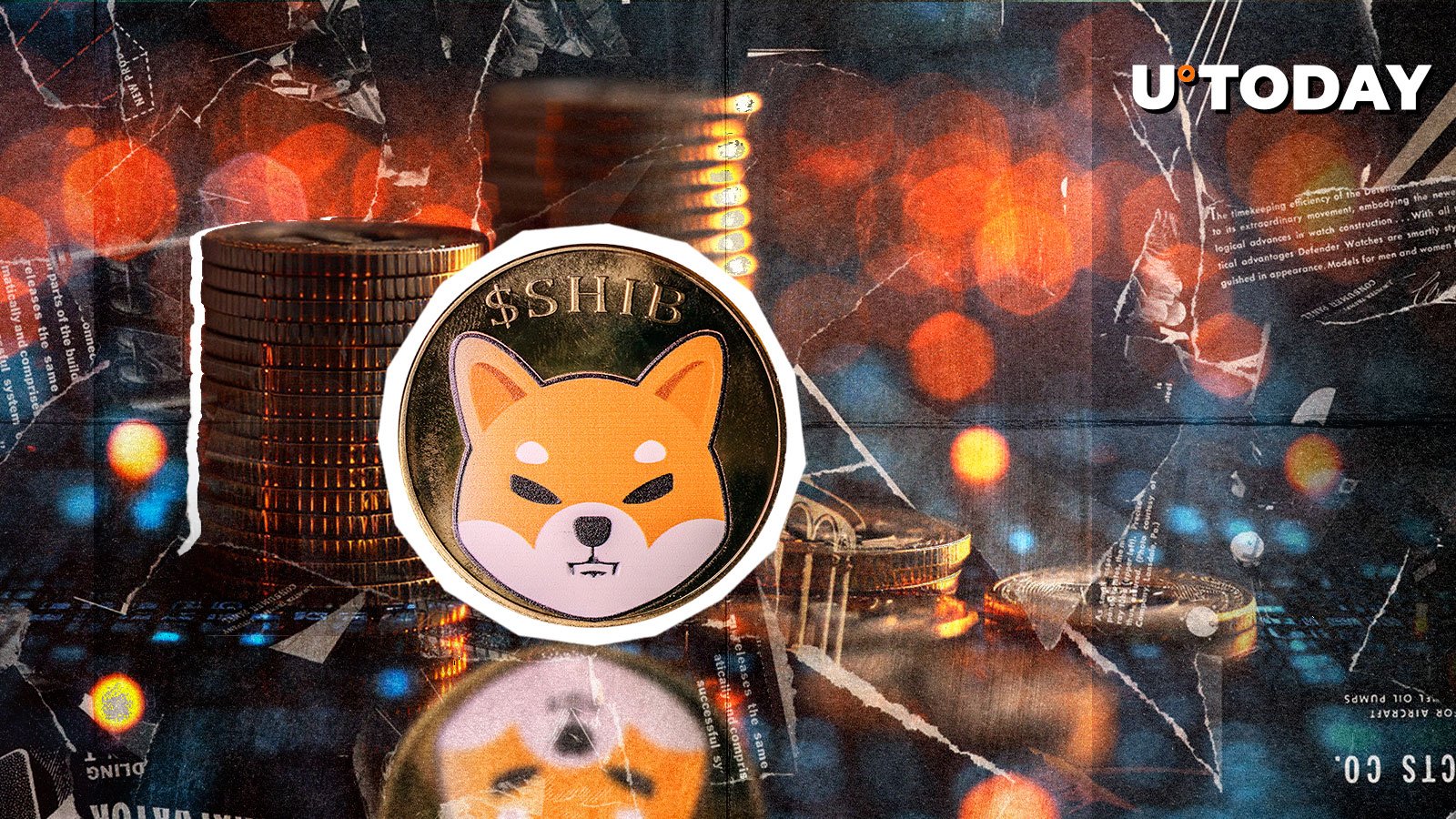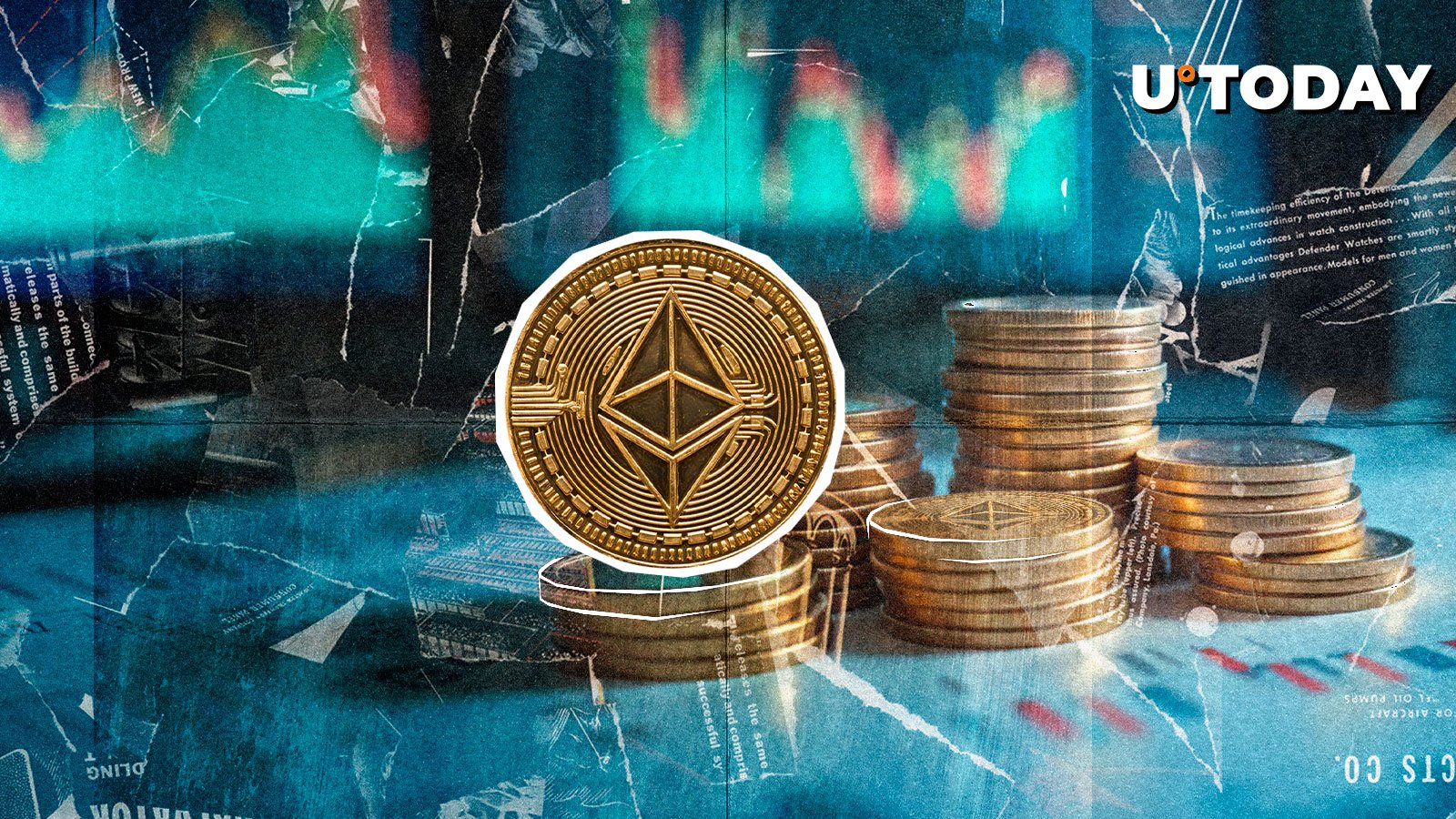The Significance of the High Percentage of “Out of Money” Shiba Inu (SHIB) Holders
According to recent data from IntoTheBlock, a leading crypto analytics firm, an astonishing 84.94% of Shiba Inu (SHIB) addresses have an average purchase price higher than the current market price. This means that a large majority of SHIB holders are currently “underwater,” or losing money on their investment.
Impact on Individual Investors
For individual investors, this statistic may be disheartening. It’s natural to feel a sense of loss when the value of an investment drops below the initial purchase price. However, it’s essential to remember that investing in cryptocurrencies, like Shiba Inu, carries inherent risks. The volatile nature of the market makes it possible for significant price swings in both directions.
It’s important for investors to maintain a long-term perspective and not let short-term price fluctuations discourage them. The crypto market is known for its high volatility, and prices can change rapidly. For those who believe in the potential of the Shiba Inu project, it may be worth holding onto their investment, even if it’s currently underwater.
Impact on the Shiba Inu Ecosystem
From a broader perspective, the high percentage of “out of money” Shiba Inu holders could potentially impact the Shiba Inu ecosystem. When a significant number of investors are losing money on their investments, they may be less likely to continue holding and using the cryptocurrency. This could lead to decreased network activity and, in turn, a less vibrant ecosystem.
However, it’s important to note that the Shiba Inu community is robust and active. The project has a large and dedicated following, and there are many use cases for the SHIB token beyond just speculative investment. For example, SHIB can be used for transactions on the ShibaSwap decentralized exchange or for staking to earn rewards. These utilities could help to mitigate the potential impact of underwater investors on the ecosystem.
Potential Solutions for Underwater Investors
For those investors who are feeling the pain of being “underwater,” there are a few potential strategies they could consider:
- Hold on: As mentioned earlier, maintaining a long-term perspective is essential. It’s possible that the price of SHIB could rebound, and holding onto the investment could lead to a profit in the future.
- Dollar-cost average: This strategy involves buying a fixed amount of a particular asset at regular intervals, regardless of the price. By consistently adding to their position, investors can reduce the impact of price volatility and potentially buy more SHIB at lower prices.
- Sell and re-enter: If an investor is feeling particularly bearish about the future of SHIB, they could consider selling their current holdings and re-entering the market at a later date. However, it’s important to remember that selling at a loss could lock in that loss and make it difficult to recoup those losses in the future.
Conclusion
The high percentage of “out of money” Shiba Inu holders is a significant statistic that highlights the inherent risks of investing in cryptocurrencies. However, it’s important to remember that the crypto market is volatile, and price swings are a natural part of the investment experience. For those who believe in the potential of the Shiba Inu project, maintaining a long-term perspective and considering strategies like dollar-cost averaging or selling and re-entering could help to mitigate the impact of underwater investments.
From a broader perspective, the Shiba Inu ecosystem remains robust and active, with a dedicated following and a range of use cases for the SHIB token. While the high percentage of underwater investors could potentially impact network activity, the community’s strength and the token’s utilities could help to mitigate any negative effects.





